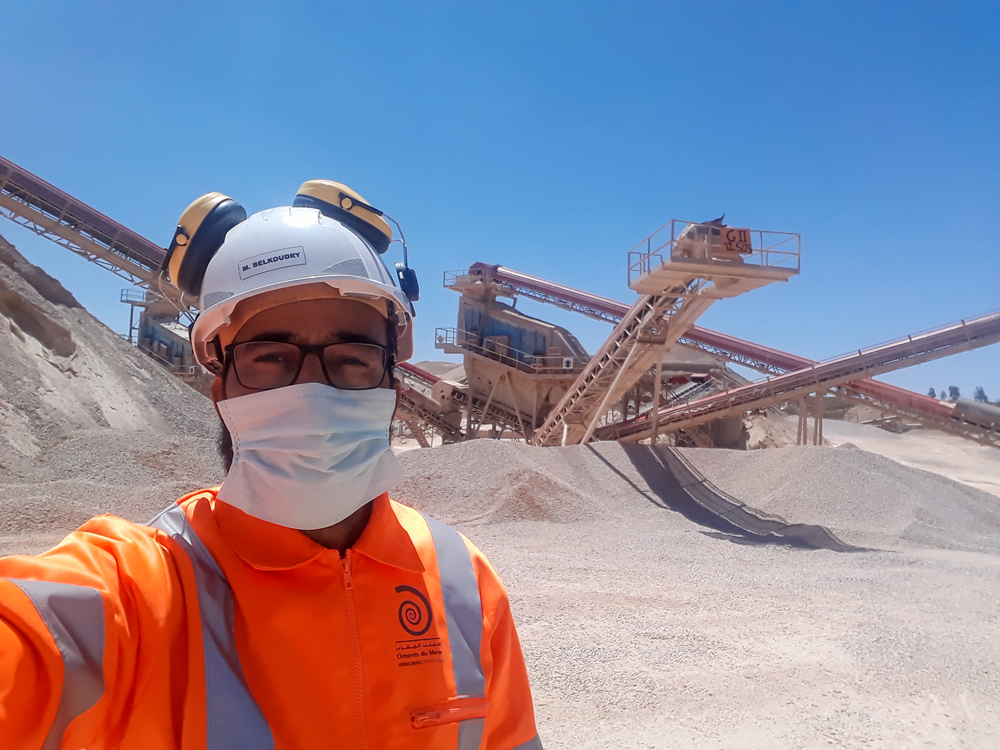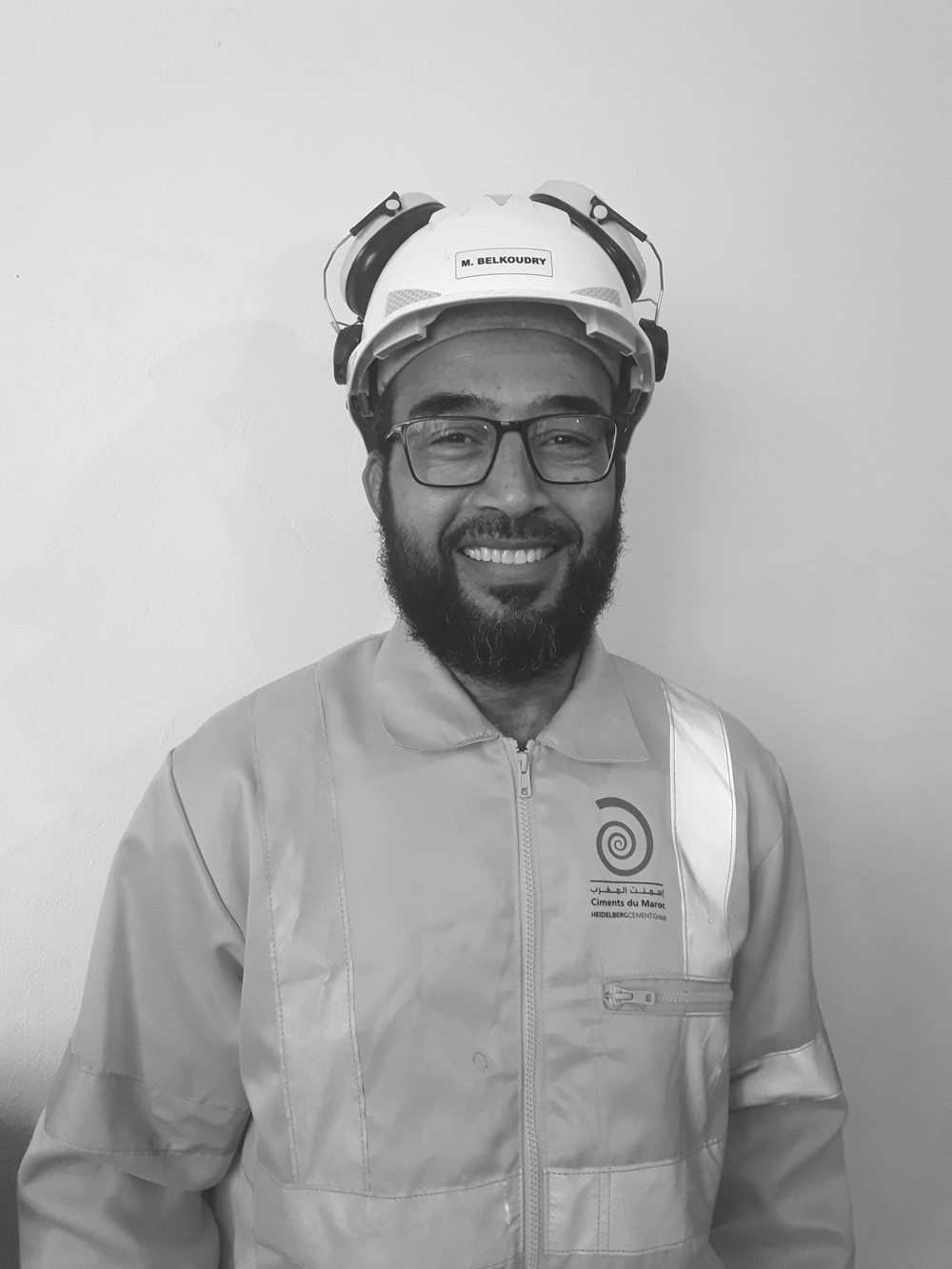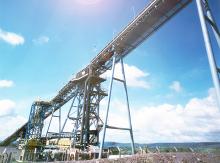
The Oued Souss quarry, located in the Agadir region of Morocco, is one of the aggregates quarries of Ciments du Maroc. Since the first cases of COVID-19 appeared nationally, we have implemented there, as we did in all HeidelbergCement's Moroccan sites, a set of measures to prevent the spread of the virus on our workplace. However, despite all these measures, there was still a risk that the virus would be imported by anyone coming from outside the quarry.

We, therefore, needed a system allowing for automatic disinfection instead of the manual spraying. My colleague, Mohamed Chakhchoukh and I, immediately thought about the disinfection tunnels used in protected industrial sites.
So, we started some research on an existing model which inspired us to design our disinfectant device model. To start with, we drew a schema and established the electrical diagram. Then we prepared the list of necessary materials for manufacturing.
Upcycled to a disinfection tunnel
Mohamed Chakhchoukh's task was to collect the materials already available at the quarry. The material recovered included, among other things, an old pump and pipes all available in the quarry scrap stock. The next step was to assemble the cabin. We were close to the goal. We only needed to purchase the spray nozzles and some junctions.
After the start-up tests, we made some improvements, such as the attachment of an automatic antiseptic gel dispenser at the entrance to the tunnel. We also installed a red bulb serving as a light signal synchronised with the pump. We also installed a tank containing the disinfectant water already used and collected to clean the soles.

Disinfection tunnel: Installed throughout the country
Finally, for the automation of the system, we installed a motion detection photocell, which gives the signal to spray the disinfectant as soon as a person enters the tunnel. We shared this experience with our colleagues in other quarries, who followed our example. Subsequently, this process was generalised in all the other Ciments du Maroc sites (plants, grinding centres, concrete plants).
For my colleague, Mohamed Chakhchoukh, and I, this was a real experience of sharing and solidarity aiming at the protection of our site, our employees and our visitors by implementing such a device in a short time and with recycled tools.
Blog first published on the HeidelbergCement website









